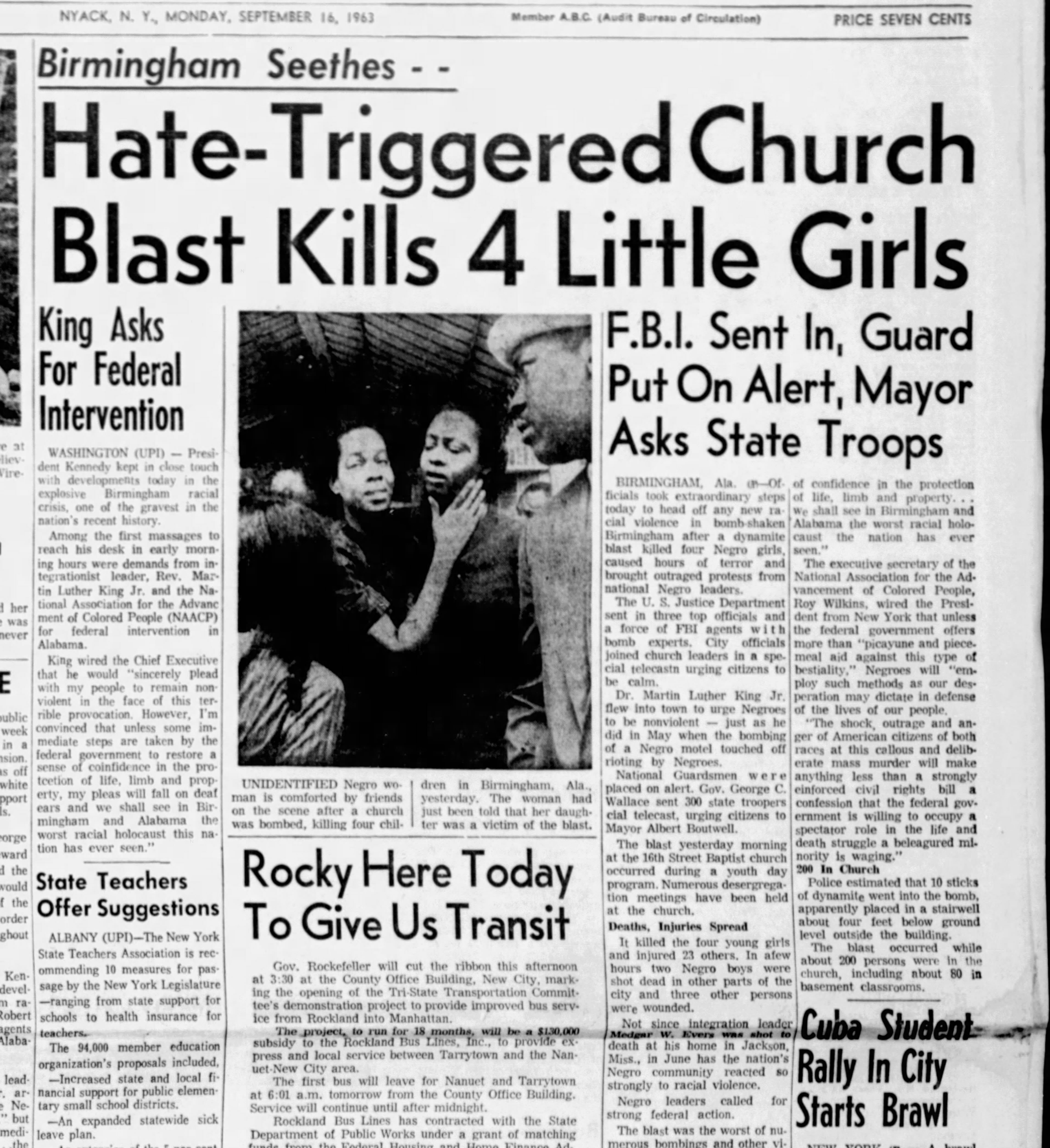Top Guidelines Of News Articles
Top Guidelines Of News Articles
Blog Article
The Main Principles Of News Articles
Table of ContentsNews Articles Can Be Fun For EveryoneNews Articles Fundamentals ExplainedNews Articles for BeginnersOur News Articles DiariesNews Articles Can Be Fun For Anyone
Good understanding of different topics gives students an affordable side over their peers. Despite the fact that digital and social networks are readily available, we need to not neglect exactly how important it is to read the papers. Parents should attempt and instill the habit of reading a paper as an everyday regimen to proceed the tradition of the revered print tool.News tales also have at least one of the following vital attributes relative to the intended target market: distance, prestige, timeliness, human passion, curiosity, or effect.
Within these limits, information stories additionally aim to be thorough. Amongst the larger and much more respected newspapers, fairness and balance is a significant aspect in offering details.
Newspapers with a global target market, for example, often tend to make use of a more official style of creating. News Articles.; usual style overviews consist of the and the United States Information Style Book.
The Main Principles Of News Articles
As a rule, journalists will certainly not make use of a long word when a brief one will do. They make use of subject-verb-object construction and vivid, energetic prose (see Grammar). They provide narratives, instances and allegories, and they hardly ever rely on generalizations or abstract concepts. Information authors try to avoid using the same word much more than as soon as in a paragraph (sometimes called an "echo" or "word mirror").
Nonetheless, headlines often omit the subject (e.g., "Leaps From Boat, Catches in Wheel") or verb (e.g., "Feline female fortunate"). A subhead (also subhed, sub-headline, subheading, caption, deck or dek) can be either a subservient title under the major headline, or the heading of a subsection of the short article. It is a heading that precedes the main message, or a team of paragraphs of the main message.

of a write-up subject, source, or interviewee), it is described as a pulled quote or pull quote. Extra signboards of any of these types may show up later in the post (specifically on succeeding pages) to attract more analysis. Journalistic sites often make use of computer animation techniques to exchange one billboard for one more (e.g.
Excitement About News Articles
Such signboards are also utilized as tips to the post in other areas of the publication or website, or as ads for the item in other publication or sites. News release of the Swiss federal government. Typical framework with title, lead paragraph (recap in bold), other paragraphs (details) and contact details.

Instance of a hard-lead paragraph NASA is recommending one more space job. The firm's spending plan demand, revealed today, consisted of a plan to send an additional mission to the Moon. This time the firm intends to establish a lasting facility as a jumping-off place for various other area experiences. The spending plan requests about $10 billion for the project.
An Visit Website "off-lead" is the second most important front web page information of the day. To "bury the lead" is to start the write-up with background details or details of second importance to the viewers, forcing them to check out more deeply right into a post than they should have to in order to find the crucial points.
What Does News Articles Do?
Typical use is that one or 2 sentences each create their own paragraph. Reporters normally explain the organization or structure of a news tale as an inverted pyramid. The necessary and most intriguing elements of a tale are put at the beginning, with sustaining info following in order of lessening importance.
It allows people to check out a topic to only the deepness that their inquisitiveness takes them, and without the imposition of details or nuances that they could take into consideration unimportant, yet still making that information readily available to extra interested visitors. The upside down pyramid structure additionally enables posts to be cut to any kind of find out arbitrary size throughout layout, to suit the area available.
Some authors begin their stories with the "1-2-3 lead", yet there are numerous sort of lead offered. This format invariably starts with a "Five Ws" opening paragraph (as described above), followed by an indirect quote that serves to sustain a major element of the initial paragraph, and after that a direct quote to support the indirect quote. [] A twist can describe multiple points: The last story in the news program; a "pleased" tale to end the program.
Longer short articles, such as publication cover posts and the pieces that lead the within areas of a paper, are called. Feature tales differ from straight information in a number of means. Foremost is the lack of a straight-news lead, a lot of the time. Rather of offering the significance of a story up front, feature writers may try to entice visitors in.
A Biased View of News Articles
The reporter often information communications with meeting subjects, making the item more personal. A function's very first paragraphs usually associate an intriguing minute or event, as in an "unscientific lead". From the details of a person or episode, its sight promptly widens to generalizations regarding the story's subject. The area that signifies what a feature is around is called the or signboard.

The Editor's Toolbox: A Referral Overview for Beginners and Professionals (2001) next page Allan M. Siegal and William G. Connolly. The New York City Times Manual of Style and Usage: The Authorities Design Overview Made Use Of by the Writers and Editors of the World's Many Authoritative Paper (2002) M. L. Stein, Susan Paterno, and R.
Report this page